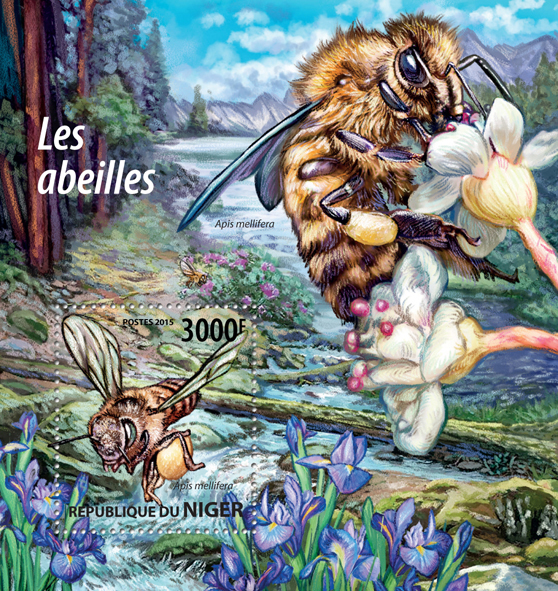Beekeepers around the world have been reporting the ongoing weakening of honeybee health and subsequently the increasing colony losses since 1990. However, it was not until the abrupt emergence of colony collapse disorder (CCD) in the 2000s that has raised the concern of losing this important perennial pollinator. In this report, we provide a summary of the sub-lethal effects of pesticides, in particular of neonicotinoids, on pollinators’ health from papers published in peer-review journals.
We have identified peer-review papers that are relevant to examine the effects of sub-lethal pesticide exposures on the health of honeybees (Apis mellifera), bumblebees (Bombus terrestris), and other bees from a literature search on PubMed and Google Scholar using the following combined keywords of “pollinators,” “honeybee,” “bees,” “pesticides,” or “neonicotinoids,” and from a cross-reference check of a report made available by the European Parliament in preparation to fulfill their regulatory mandate on the issue of protecting pollinators among their membership nations.
The weight-of-evidence of this review clearly demonstrated bees’ susceptibility to insecticides, in particular to neonicotinoids, and the synergistic effects to diseases that are commonly present in bee colonies. One important aspect of assessing and managing the risks posed by neonicotinoids to bees is the chronic effects induced by exposures at the sub-lethal levels. More than 90% of literature published after 2009 directly or indirectly demonstrated the adverse health effects associated with sub-lethal exposure to neonicotinoids, including abnormal foraging activities, impaired brood development, neurological or cognitive effects, and colony collapse disorder.
Source:
Lu, C., Hung, Y. & Cheng, Q. A Review of Sub-lethal Neonicotinoid Insecticides Exposure and Effects on Pollinators. Curr Pollution Rep (2020). https://doi.org/10.1007/s40726-020-00142-8

- Login om te reageren
